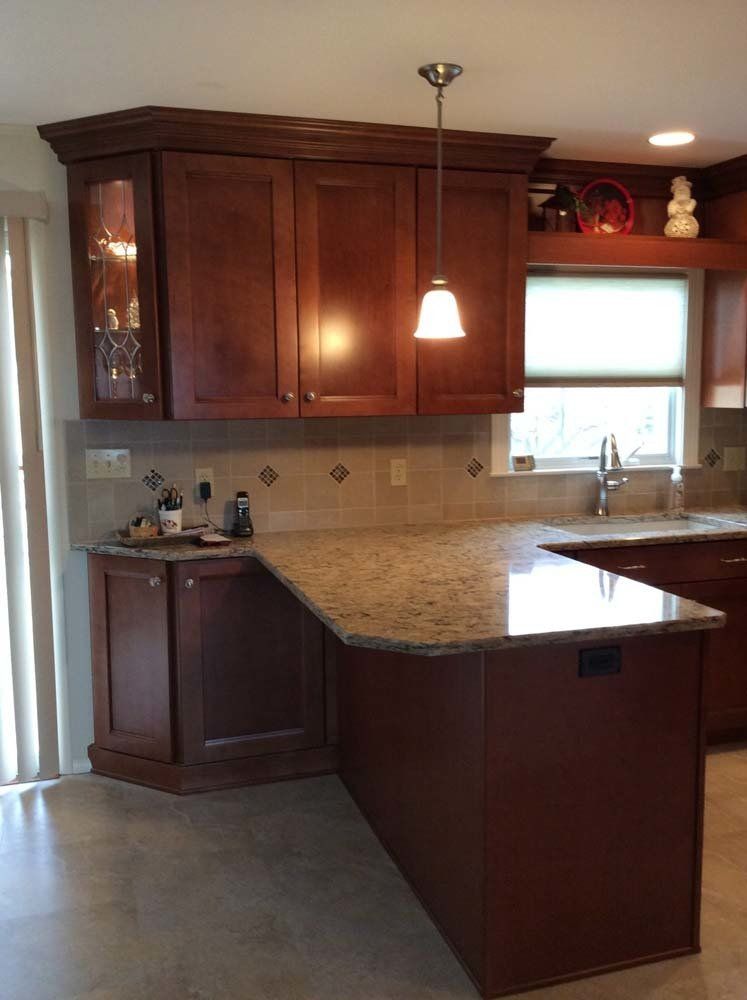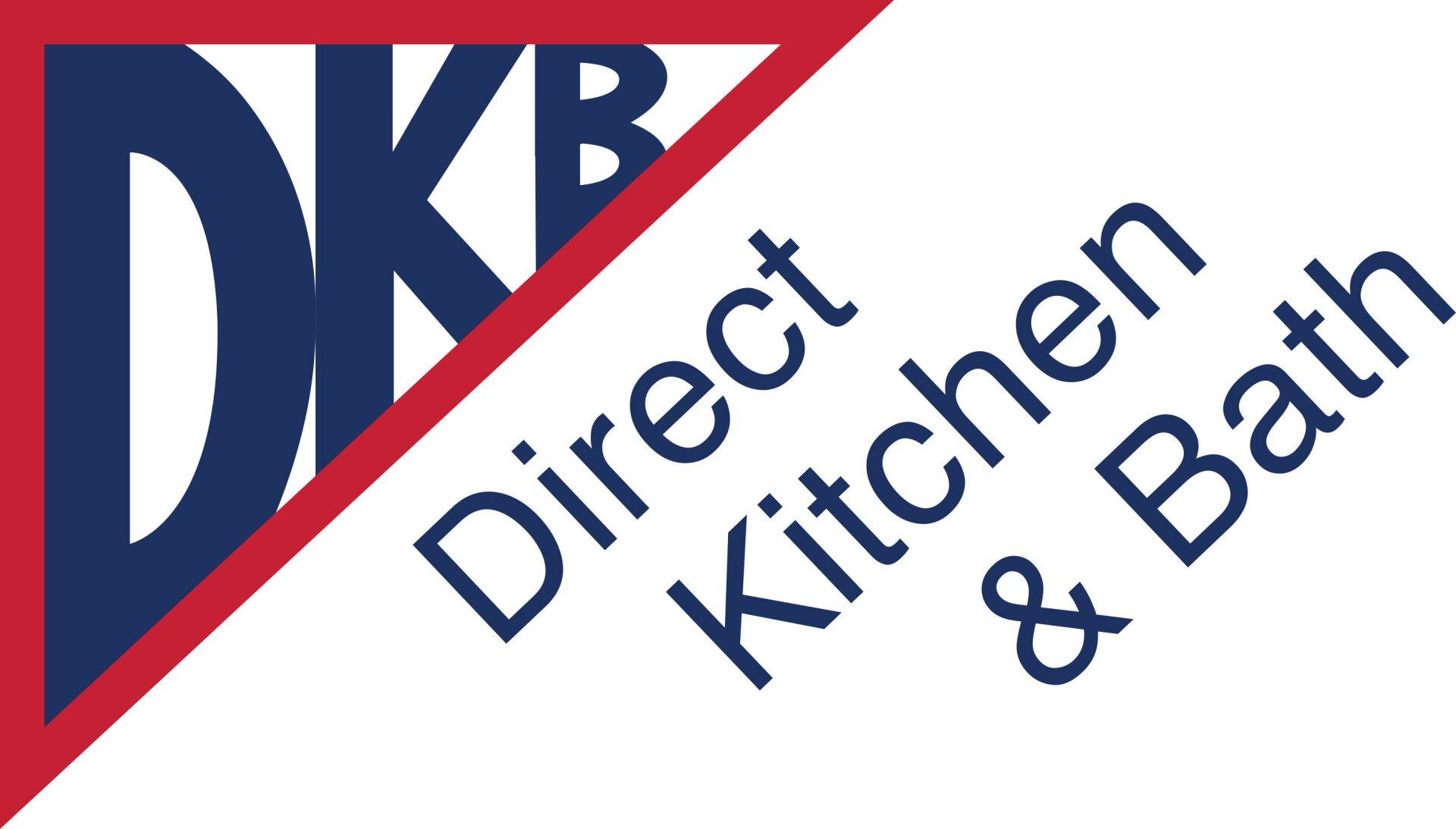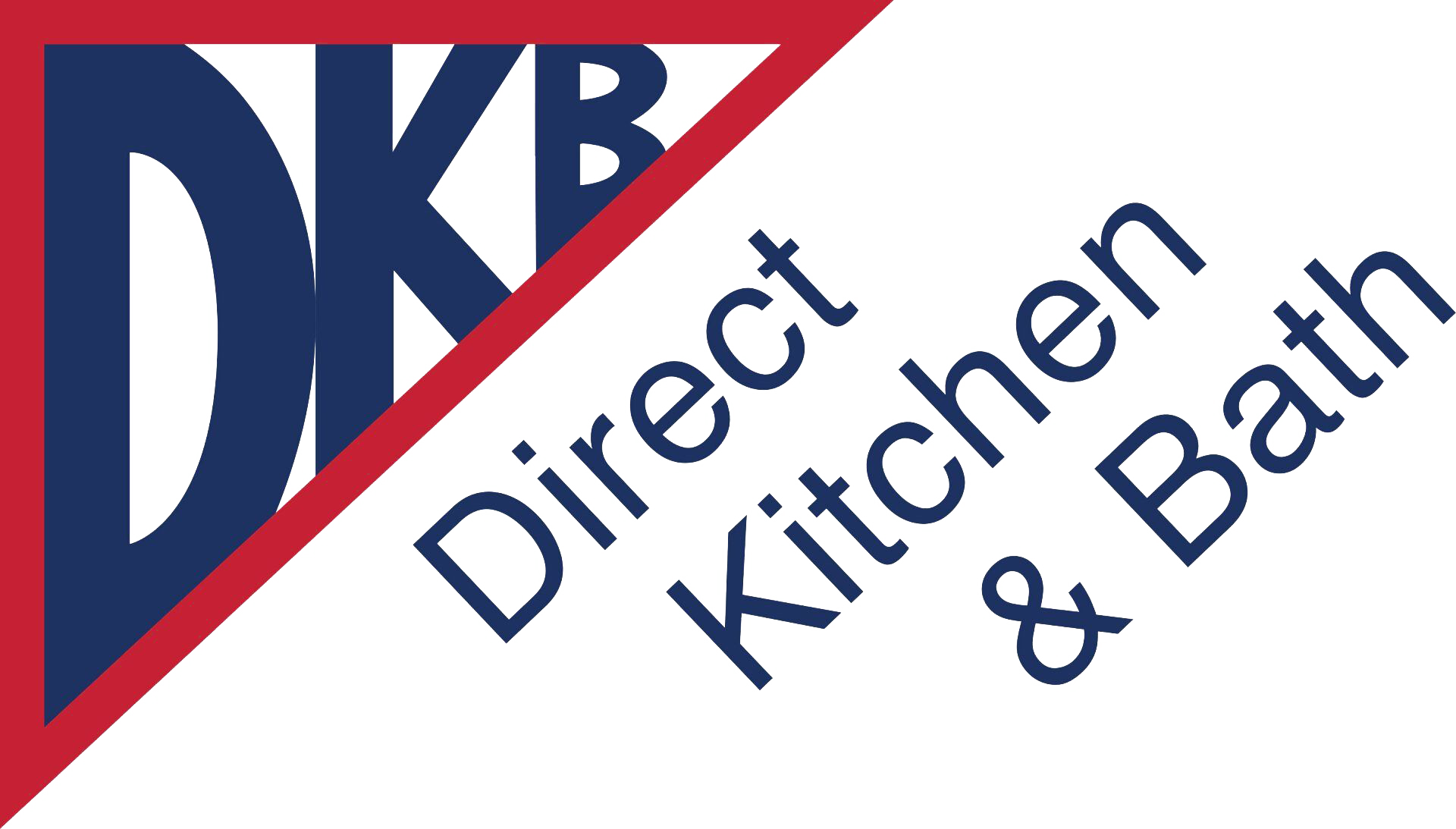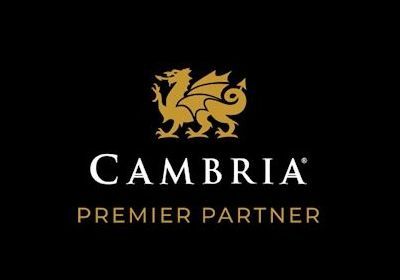Have No Doubts About Grout.
Direct Kitchen Distributors • November 12, 2018
Not many of our clients consider the color of grout that they want in their kitchen, because, let’s face it, grout does not on its surface have a lot of sex appeal. However, grout color can have a dramatic impact on the look and feel of a new kitchen, and we pay attention to the details that can make a new kitchen pop. For example, white subway tile has been a staple for kitchens and is not going away anytime in the foreseeable future. If white tile is paired with white grout, the distinction between the tile and grout disappears creating a look that does not typically catch the eye. A grout color that contrasts with white or lighter tiles makes a definitive distinction. We also tend to avoid white grout because it takes extra effort to clean and maintain. We often contrast white tiles and white based tiles with a soft gray grout especially in traditional or transitional designs because of its timeless look and its ability to complement Shaker-style cabinets, veined stone counters and wood floors.
Another popular trend with white tiles, especially backsplashes, is to pair them with darker colored grout to create a look that makes the tile a focal point of the kitchen. The same rules apply when using dark tiles for flooring or wall coverings. Lighter colored grout serves to contrast the tile and highlight patterns.

We like to recommend a colored grout to help highlight other colors in the kitchen or bath. Colored grouts are also often paired with colored and patterned tiles. But this can be tricky if you are not familiar with color schemes and contrasting colors that complement one another. Using white or light grout with colored tiles helps to soften the space and provide cleaner lines. When clients opt for a bright red or orange colored tile, we would pair that with a white grout.
The finish of the tile is another consideration when specifying grout. If the tile is glossy, it will appear lighter on a wall surface. A lighter grout color works best with glossy tiles.
Tile is not the only material that affects how grout looks and feels in a new kitchen or bath. We account for surrounding materials and other color schemes specified for the kitchen. Incorporating brown and red tones into grout serves to complement brick, wood, leather and stone.
There are also different considerations for floor tile than backsplash or wall tile seen at eye level. We often recommend contrasting the tile and the grout to add richness to the look.
Color is only one factor to consider when specifying grout. Another is thickness. If the grout matches the tile, we recommend a thin grout application to give the appearance of one continuous material. The shape of the tile impacts the grout thickness. For circular tile, often used on bathroom floors and shower bases, we suggest using a thicker grout pattern to make the tile stand out. When we work with bathrooms that have multiple tiled surfaces we tend to specify the same color grout for both walls and floors to help assure a harmonious look.
Understanding the effect grout color, thickness and applications have on a new kitchen or bath project is essential to make our clients smile. If you have a question about grout that works best for your new kitchen or bath, please give us a call at 610-262-7235 or visit us 24/7 at www.directkitchen.com .
What Our Clients Say
Beautiful kitchen and bathroom renovations in Whitehall, PA, are our specialty. Call our home remodeling experts today to ask questions and share your ideas.
Proudly Serving
Lehigh Valley, Allentown, Bethlehem, Northampton, Lehighton, Easton, Poconos, Tannersville, Stroudsburg, Quakertown, Reading, Whitehall, Macungie, Center Valley, Saucon Valley
All Rights Reserved
| Designed by Locallogy











